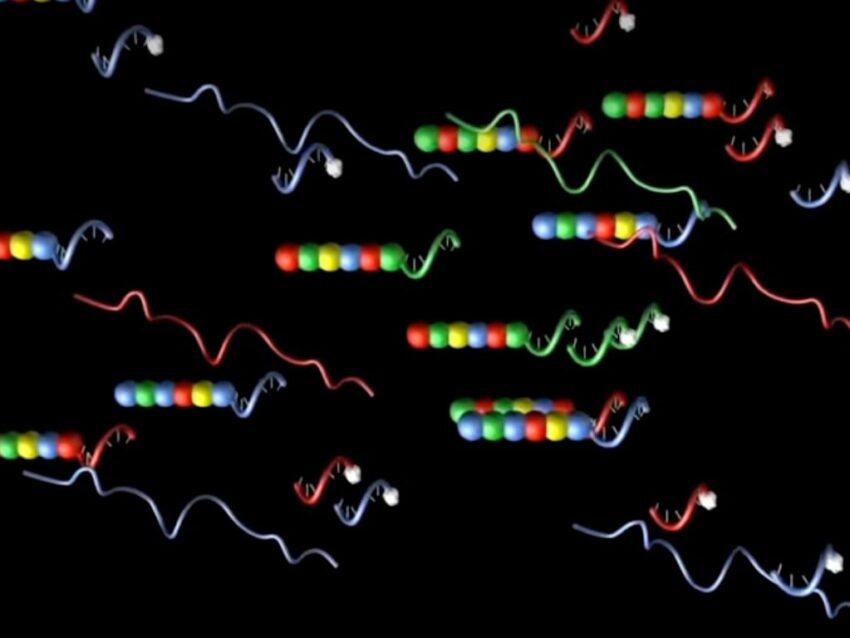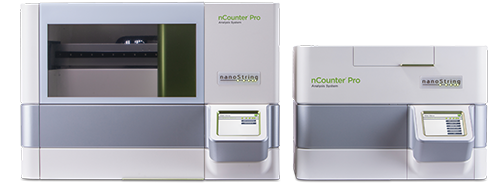
Common questions in molecular biology: What are the advantages of cell counters?
Cells, the basic unit of life, are microscopic, making their identification a challenge. Cell biologists in particular often require an accurate assessment of the specific cell types present in an experiment. Therefore, obtaining counts of these cells is a critical part of cellular experiments, for which several methods have been developed.
Manual versus automated cell counters
Today, cell counters are typically divided into one of two sub-groups: manual and automated. The original cell counters, still in use and known as hemocytometers, are manual and require a trained scientist to physically count the cells under a microscope. The microscope slides used are gridded and contain wells of known volume for calculating a cellular concentration after counting the cells in a sample, usually expressed as the number of cells per unit volume (for example, 5,000 cells/ml).
Manual counting requires accurate discernment on the part of the scientist for classification of cells, leaving room for interpretation and variability among users and labs. Manual counters are also slow, limited by the number of samples each available technician can process. However, manual cell counters are inexpensive and easy to set up, making them suitable for labs where cell counting is not an everyday occurrence.
Automated cell counters incorporate more sophisticated systems for higher throughput and more reliable cell counting than hemocytometers.
Automated cell counters are designed to count cells quickly and autonomously. More complex than hemocytometers, automated cell counters incorporate more sophisticated systems for higher throughput and more reliable cell counting. The features added to automated cell counters make them more expensive but also more valuable. Automated cell counters use a variety of methods to sort and count cells. Commonly called cell sorters, these machines are a subset of flow cytometers, a method of cell sorting that uses fluidics for sorting cells suspended in solution based on a variety of properties, including cell shape, internal and external cellular structures, and cell density.
Types of cell counters
A common cell counter is called a Coulter counter based on its use of the Coulter effect, a method that detects cell types according to their electrical impedance (Bene). In addition to counting cells, it can also measure their volume.
Coulter counters use a fluidics method similar to that in flow cytometry. Another class of fluidics-based automated cell counters is known as fluorescence activated cell sorters (FACS), which are able to identify specific cells based on staining with fluorescently-labeled probes. Known for high-throughput and reliability, these sophisticated and expensive machines employs lasers to activate fluorescent labels for detection by light sensors for automatic sorting and counting. Many gene expression and protein studies are conducted with FACS (Bene).
Sample size is often a critical parameter, since obtaining large tissue and cell samples can be challenging, especially in a clinical setting.
Operating parameters vary among automated cell counters, such as sample volume, quantity and types of cells analyzed, data management, and ability to differentiate between live and dead cells. Sample size is often a critical parameter, since obtaining large tissue and cell samples can be challenging, especially in a clinical setting. Therefore, cell counters using a small sample volume are advantageous.
Hemocytometers are therefore at a disadvantage, since their sample concentration limits fall between 2.5 x 105 cells/ml to 2.5 x 106 cells/ml. Lower concentrations provide inaccurate counts, and higher concentrations require dilution, an additional step that can lead to variability. Automated counters, however, have a wider range of concentration limits, accurately counting cells as low as 5 x 104 cells/ml and as high as 1 x 107 cells/ml, giving them a distinct advantage in situations where tissue samples are scarce and cells of interest are in low concentration. Their speed and ease of use only add to their advantage.
Use of cell counters in gene expression studies
The advantages of automated cell counters are especially apparent in studies of gene expression. The advent of modern DNA barcoding technology uses specific sequences of different colored fluorescent molecules to label RNAs of interest, which can then be automatically identified by specifically equipped and programmed cell counters. As individual cells pass through the machine, sensors detect the barcoded probes and automatically quantify the RNA transcripts of interest. In this way, gene expression changes in cells and tissues can be quantified (Silveira).
A method of gene expression analysis with advantage over conventional cell counters is the nCounter Pro® Analysis System. Able to provide relative cell type abundance based on specific gene expression profiling, nCounter Pro uses DNA barcoding technology in a simple, efficient protocol to generate robust and reliable data. Compared to available cell counting methods, nCounter Pro has higher throughput and greater plex capabilities than cell counters, making it possible to profile relevant cell types in a quick and reliable manner.
References
Béné MC, Lacombe F, Porwit A. Unsupervised flow cytometry analysis in hematological malignancies: A new paradigm. Int J Lab Hematol. 2021 Jul;43 Suppl 1:54-64. doi: 10.1111/ijlh.13548. PMID: 34288436.
Silveira GF, J Evolution of Flow Cytometry Technology Microb Biochem Technol 2015, 7(4):213-6 DOI: 10.4172/1948-5948.1000208

Related Content




